When people think of electric furnaces, sometimes they put “electricity” and “heater” together in their head and think we must be talking about space heaters. While space heaters and electric furnaces are similar, they’re not the exact same thing.
We’d like to cover three important characteristics that differentiate these systems so you’re not confused when you give us a call to schedule an installation.
When comparing electric furnaces and space heaters, three key differences are size, efficiency, and safety. Sure, you can assume electric furnaces will be more expensive than space heaters, but once you compare their function and performance, the price difference makes a lot of sense.
Time to take out those notebooks and those smartphones for some extra searches, and let’s start learning about your potential next electric furnace in Fort Wayne, IN!

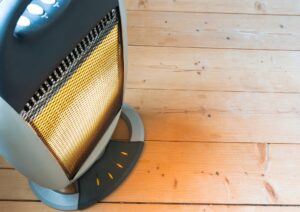
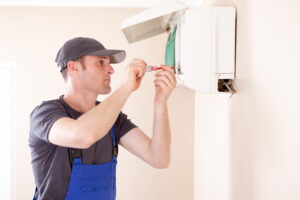

 For all of those homeowners that might be a little skeptical of a gas furnace’s safety, this blog is for you. While yes, without routine maintenance and professional attention for repairs, a gas furnace can run into serious problems that can make it potentially harmful. But when a system is maintained properly and in good shape, it’s actually got a lot of safety mechanisms in place to make sure your home is safe, efficient, and comfortable.
For all of those homeowners that might be a little skeptical of a gas furnace’s safety, this blog is for you. While yes, without routine maintenance and professional attention for repairs, a gas furnace can run into serious problems that can make it potentially harmful. But when a system is maintained properly and in good shape, it’s actually got a lot of safety mechanisms in place to make sure your home is safe, efficient, and comfortable.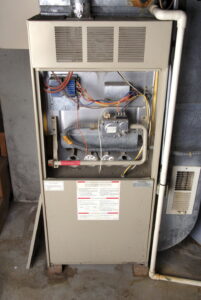
 That probably sounds like a tall task, right? Who determines what the “right” temperature is in your home? This is usually where your friends or family would all give their input on how they set their thermostat, and it would lead to a never-ending conversation about the “right” temperature for the perfect home. However, there’s a little bit of truth in this scenario that we would like to explore–mainly the fact that some temperatures are more efficient than others.
That probably sounds like a tall task, right? Who determines what the “right” temperature is in your home? This is usually where your friends or family would all give their input on how they set their thermostat, and it would lead to a never-ending conversation about the “right” temperature for the perfect home. However, there’s a little bit of truth in this scenario that we would like to explore–mainly the fact that some temperatures are more efficient than others. When talking about the condition of your heating system this year, we need to also include the setting on your thermostat. The higher the temperature, the harder your furnace has to work and the more likely it is that you’ll need
When talking about the condition of your heating system this year, we need to also include the setting on your thermostat. The higher the temperature, the harder your furnace has to work and the more likely it is that you’ll need 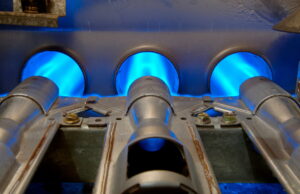 Some of our readers might be a little puzzled by the title of this blog. How can you start thinking about your next heating installation when you’re still so preoccupied on the one you have? When is a good time to invest in a new heating system?
Some of our readers might be a little puzzled by the title of this blog. How can you start thinking about your next heating installation when you’re still so preoccupied on the one you have? When is a good time to invest in a new heating system?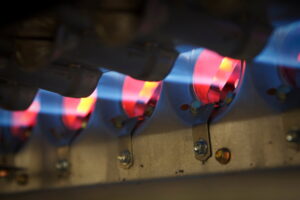 As long as there’s anything but cold air coming from your air vents, you’re probably going to be fine, right? Well, not exactly. One of the first signs that a furnace exhibits before it starts to shut down or suffer from an efficiency problem, is it sends lukewarm air through your vents. There are a lot of reasons this could happen, but we assure you that none of them are good.
As long as there’s anything but cold air coming from your air vents, you’re probably going to be fine, right? Well, not exactly. One of the first signs that a furnace exhibits before it starts to shut down or suffer from an efficiency problem, is it sends lukewarm air through your vents. There are a lot of reasons this could happen, but we assure you that none of them are good. Many homeowners think that their are two exclusive methods to heating a home—gas and electric. While this is mostly right, there’s a little bit of a caveat to this. While electric furnaces and heating systems only use electricity, it’s not true that gas furnaces don’t use a tiny bit of electricity to run effectively. Most modern furnaces are built with electrical ignition systems, and they’re also built with high-tech electrical components that help them run more efficiently. These require electricity, but no more electricity than that of a small device like a smartphone.
Many homeowners think that their are two exclusive methods to heating a home—gas and electric. While this is mostly right, there’s a little bit of a caveat to this. While electric furnaces and heating systems only use electricity, it’s not true that gas furnaces don’t use a tiny bit of electricity to run effectively. Most modern furnaces are built with electrical ignition systems, and they’re also built with high-tech electrical components that help them run more efficiently. These require electricity, but no more electricity than that of a small device like a smartphone.